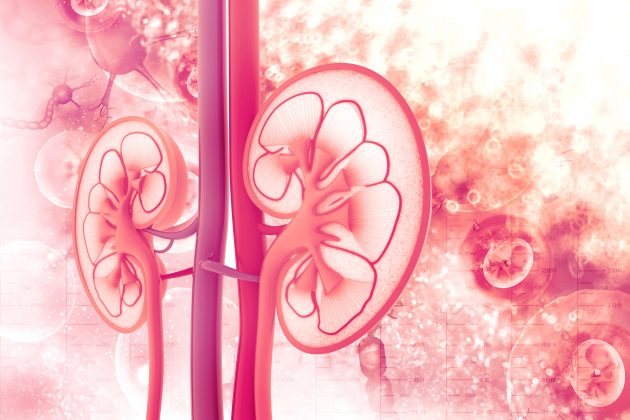ANNA 2021 National Symposium
During a virtual poster session at the ANNA 2021 National Symposium, Nicole Ingram, BSN, RN, CNN, CNIV, and Susan McKenna, MSN, RN, CNIII, of the acute hemodialysis unit at VCU Medical Center, Richmond, Virginia, reported on a collaboration between specialized acute care hemodialysis nurses and intensive care unit (ICU) nurses in treating patients receiving continuous renal replacement therapy (CRRT). The collaboration was created to decrease central line infections, improve patient safety, and empower peer nurses through real-time audits and education. The poster was titled Infection Prevention through Collaboration in Hemodialysis Line Care.
CRRT delivered in the ICU setting requires expertise of both ICU and hemodialysis nurses. To prevent central line-associated bloodstream infections (CLABSIs), air emboli, and bleeding, current evidence-based practice calls for the use of hemodialysis-specific connectors and caps when de-accessing lines. Results of a learning needs assessment revealed that understanding and application of such connectors and caps by ICU nurses performing CRRT was inconsistent, creating potential safety risks.
Hemodialysis nurses collaborated with ICU nurses to develop an education plan to address correct hemodialysis line care in adults receiving CRRT in the ICU. Multiple shared governance committees and key stakeholders were given information on hemodialysis line care, safety concerns, and education on specialty connectors and caps. The education effort was reinforced by placing toolkits on all CRRT machines. Following implementation of the initiative, weekly audits with just-in-time education have been ongoing to support the practice change.
Results of the initiative were measured by calculating CRRT-related CLABSI rates per 1000 CRRT patients across adult ICUs. In July 2018, prior to implementation of the initiative, rates were a concerning high of 4.27, paralleling the initial observation of inconsistent, unsafe practice. The intervention began with planning, followed by implementation that included education, construction of the toolkits, and weekly audits with just-in-time education.
Following implementation of the initiative, CLABSI rates fell to 0 in February/March 2019, bumped to 3.26 in April 2019, returned to 0 in May 2019. Over the following year, rates of CRRT-related CLABSIs remained at minimal levels, indicating successful integration into practice.
“The partnership between adult ICUs and hemodialysis nurses resulted in improved outcomes in patients receiving CRRT. Dissemination extended beyond the adult ICUs to create positive change at the organizational level through a reduction in overall hemodialysis-related CLABSI rates,” the authors said.
Source: Ingram N, McKenna S. Infection prevention through collaboration in hemodialysis line care. Abstract of a poster presented at the virtual 2021 American Nephrology Nurses Association National Symposium, May 2-5, 2021.
Credit: Original article published here.










